The Australian landscape, with its vast expanses and unique flora, has always been a source of inspiration for architects. The challenge lies in crafting homes that not only resonate with this landscape but also stand as a testament to modern design principles. Enter the world of terraced roofs and twisting facades, where traditional Australian bush architecture gets a contemporary makeover.
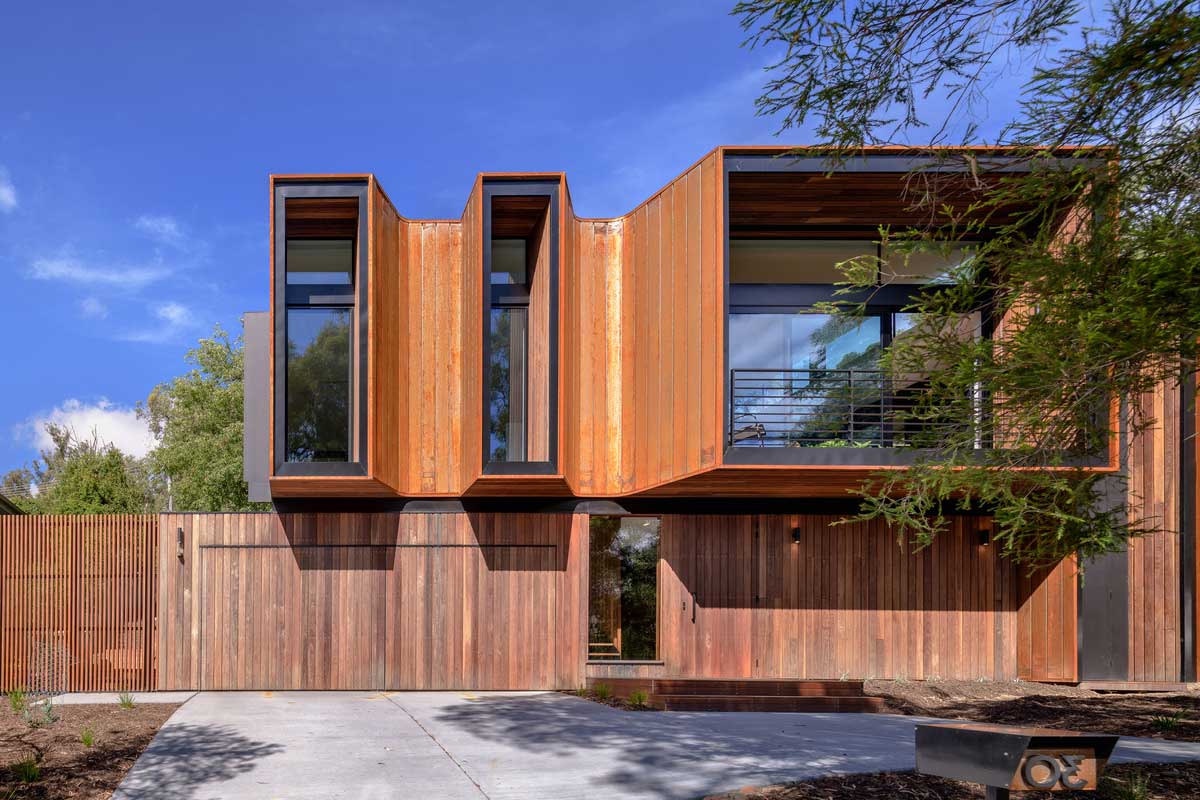

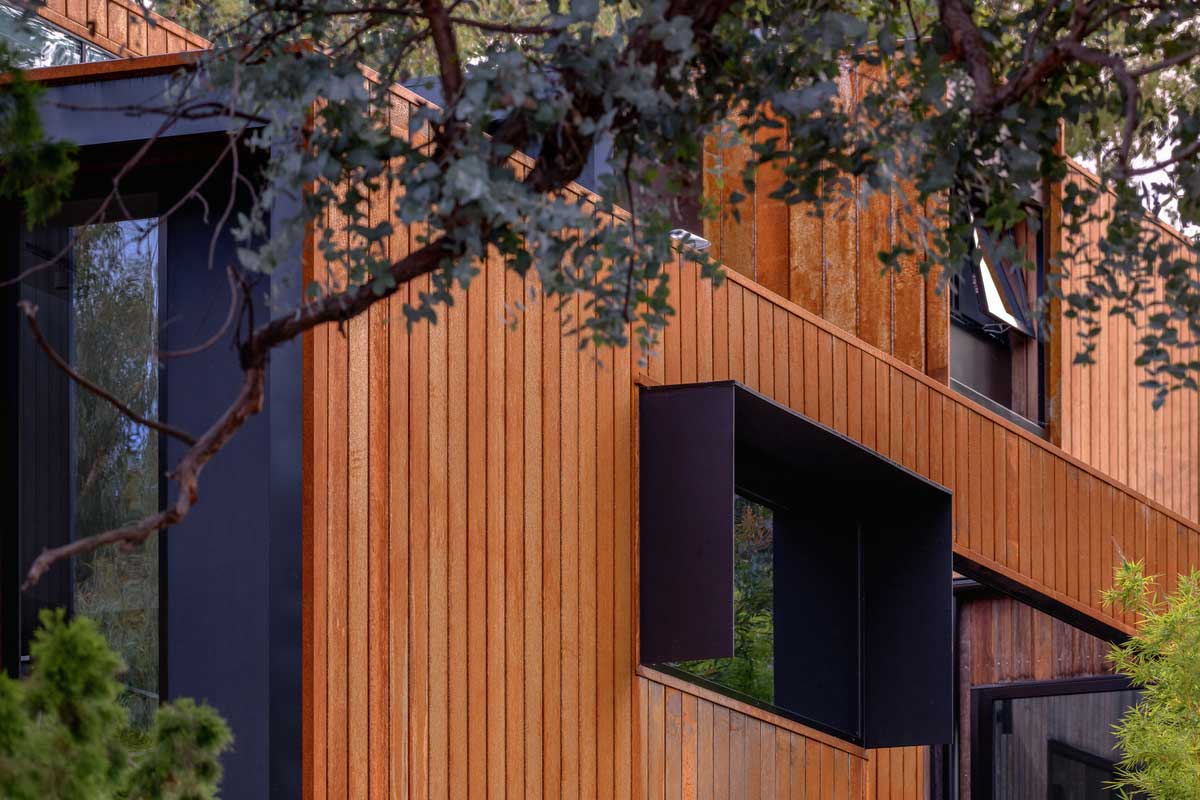

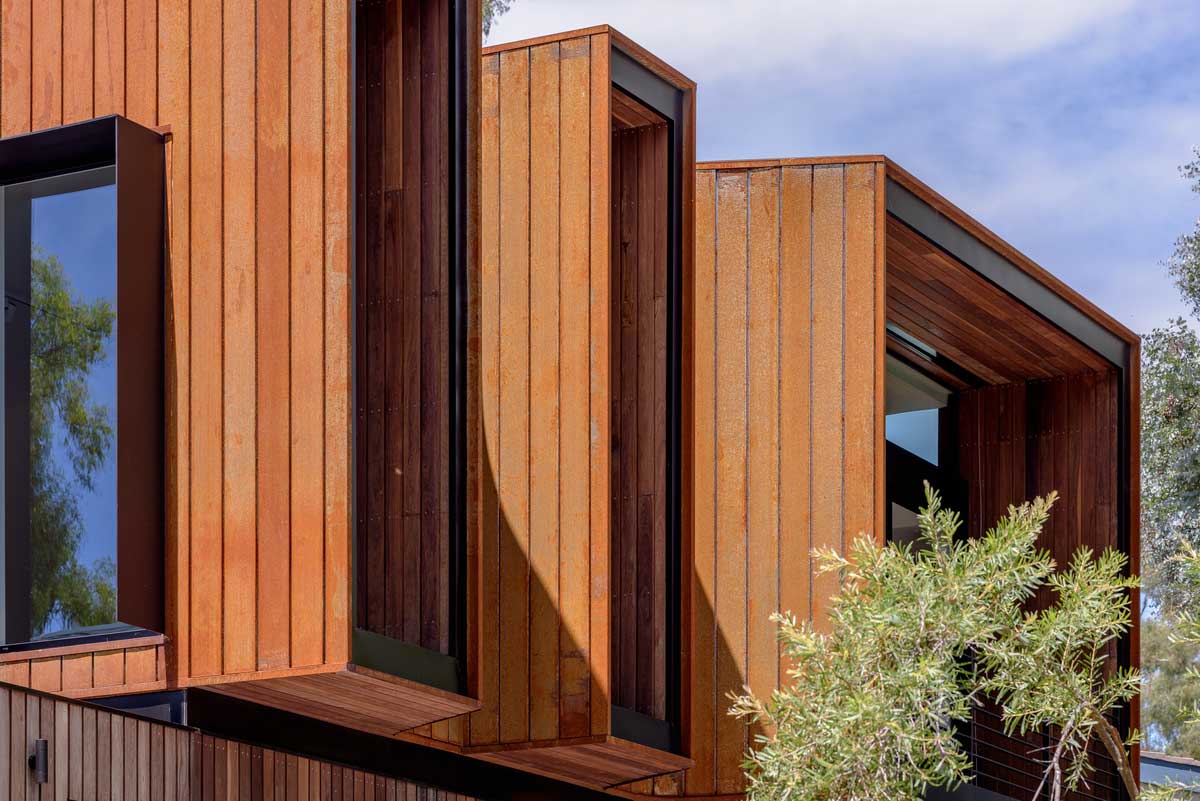
| Architects | http://www.benwalkerarchitects.com.au/ |
| Images | www.theguthrieproject.com |
Terraced Roofs: A Nod to the Land Down Under
Terraced roofs are not just a design element; they are a reflection of the undulating Australian terrain. These roofs, with their stepped design, mimic the rolling hills and valleys, creating a seamless blend between the built and the natural environment.
Incorporating terraced roofs in modern homes is not just about aesthetics. It’s a functional choice. The design allows for better water runoff, essential in the Australian climate known for its sudden downpours.
Moreover, terraced roofs provide multiple levels of insulation. The staggered design ensures that not all parts of the home are exposed to the sun at once, leading to natural temperature regulation.
The beauty of terraced roofs lies in their versatility. They can be incorporated into both sprawling bungalows and compact urban homes, proving that you don’t need vast spaces to bring a touch of the Australian landscape into your home.
Lastly, terraced roofs offer unique opportunities for landscaping. Each terrace can be turned into a green space, further strengthening the bond between the home and nature.


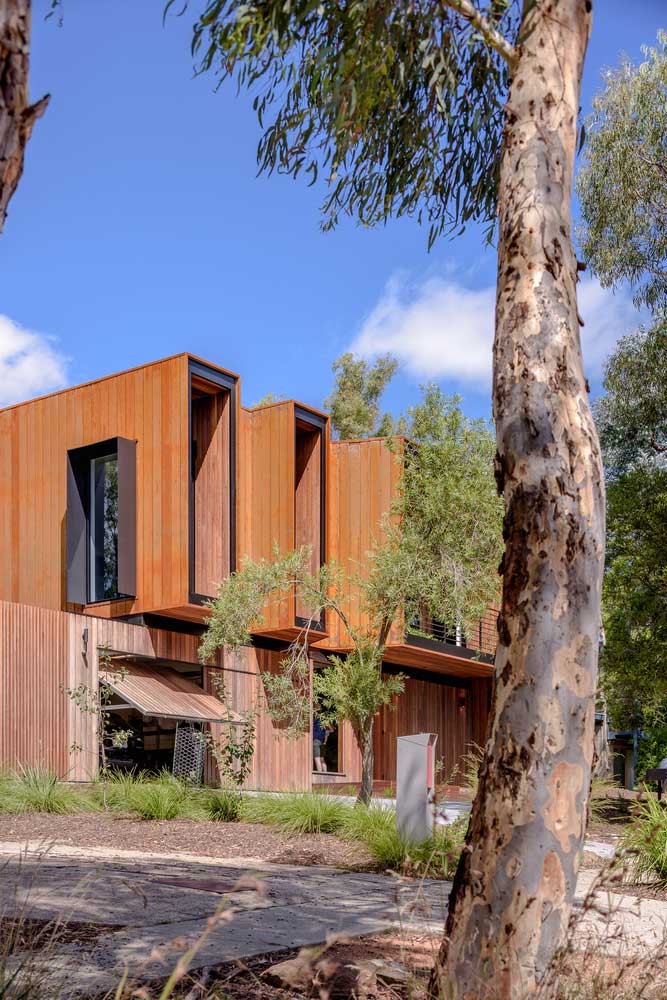

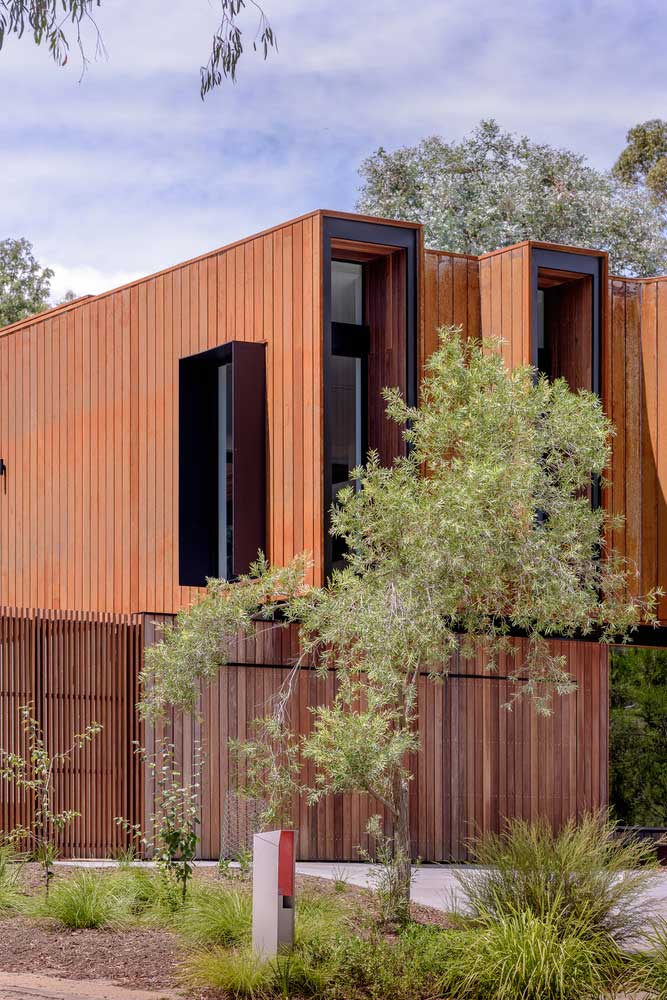
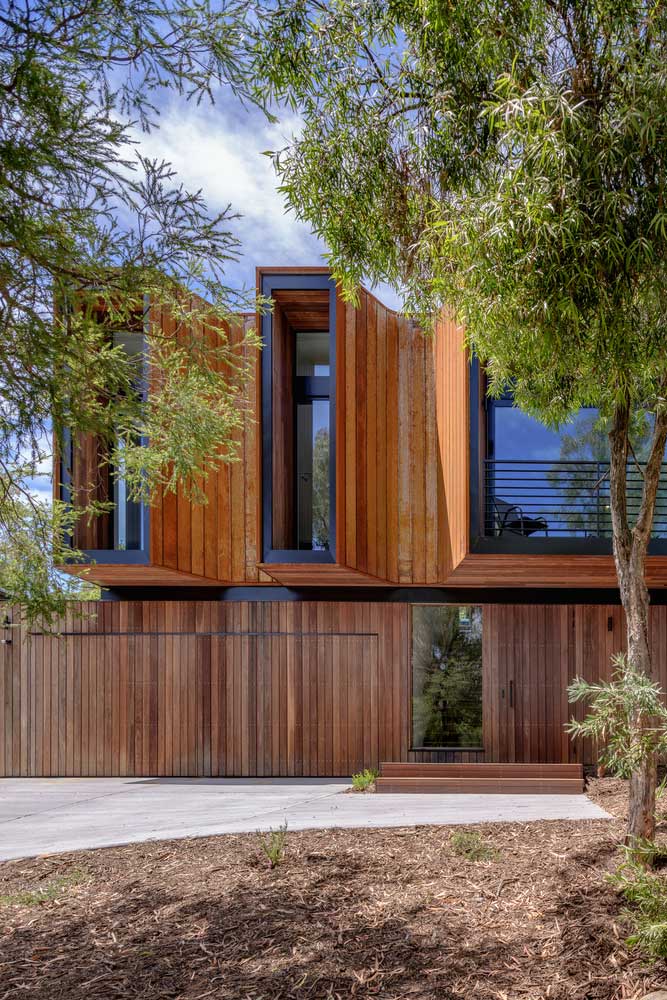
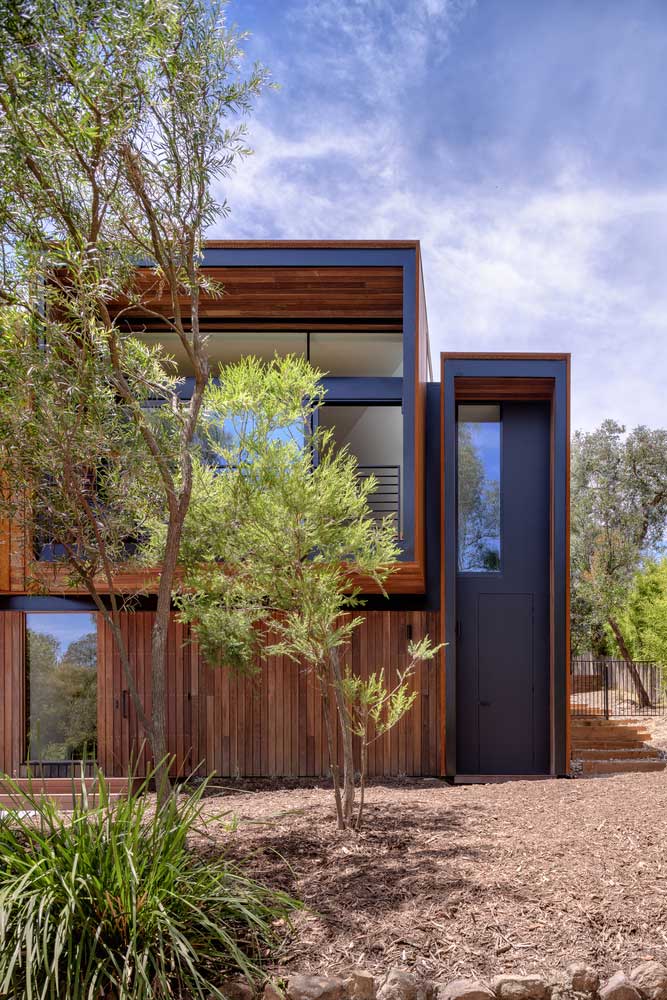
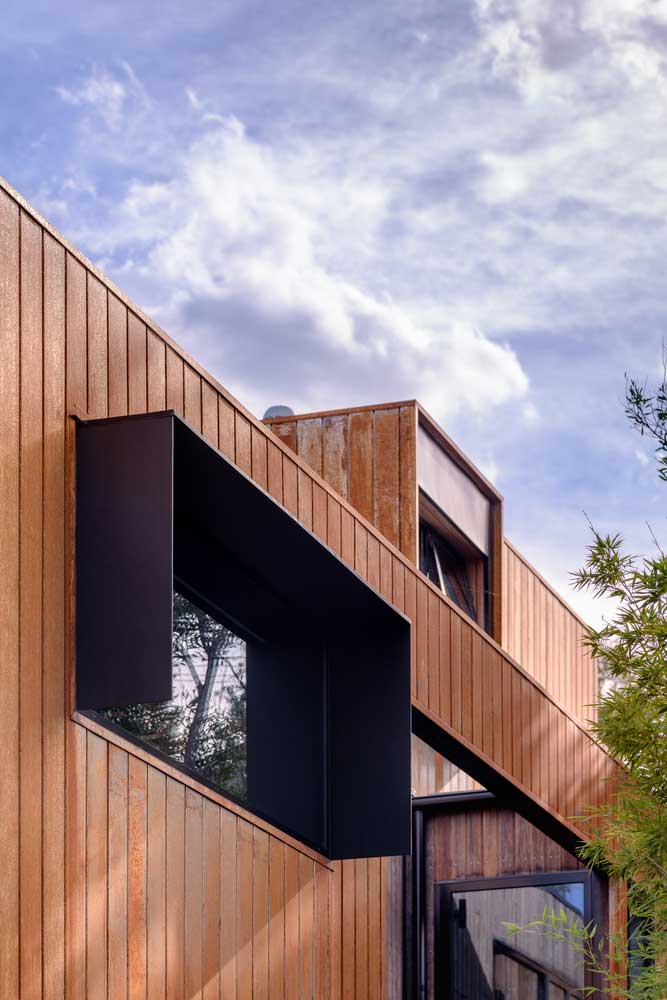
Twisting Facades: The Dance of Light and Shadow
Twisting facades are where architecture meets art. These facades, with their unconventional angles and planes, play with light in a way that’s nothing short of mesmerizing. As the sun moves across the sky, the facades come alive, casting ever-changing patterns of light and shadow.
But the twisting facades are not just about creating visual spectacles. They are a response to the Australian bush’s challenges. The irregular design breaks the wind, protecting the home from bushfires, a very real threat in many parts of Australia.
The facades, with their multiple planes, also provide additional insulation. The design ensures that only a part of the facade is exposed to the sun at any given time, preventing the interiors from heating up.
Another advantage of twisting facades is the privacy they offer. The unconventional design ensures that while the residents get unobstructed views of the outside, the same doesn’t hold true for prying eyes trying to look in.
In essence, twisting facades are a celebration of modern design principles. They showcase how functionality and aesthetics can go hand in hand, creating homes that are not just beautiful but also perfectly suited to the Australian environment.




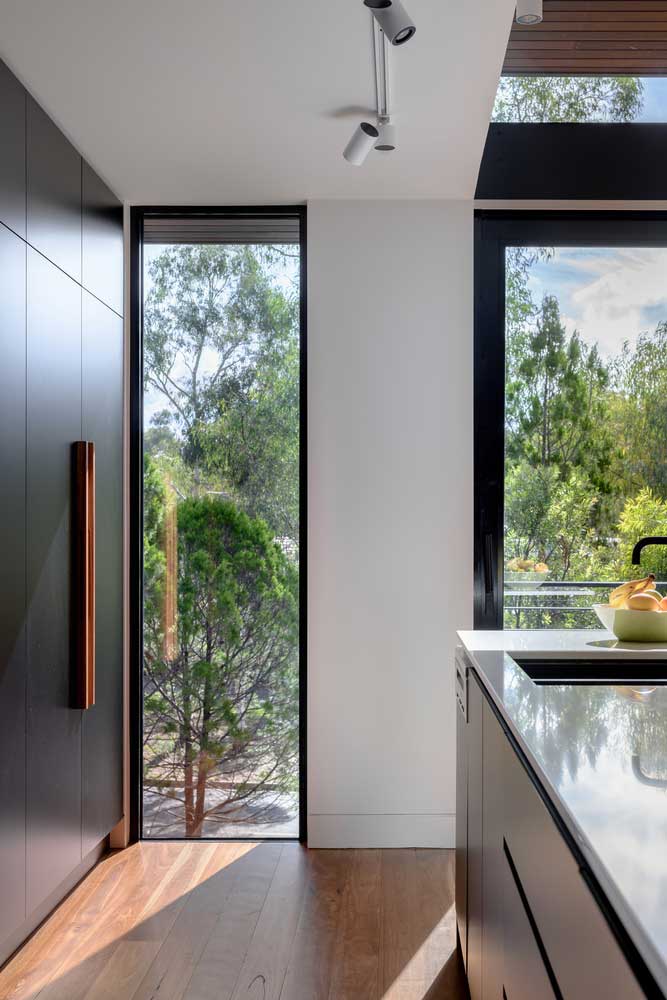
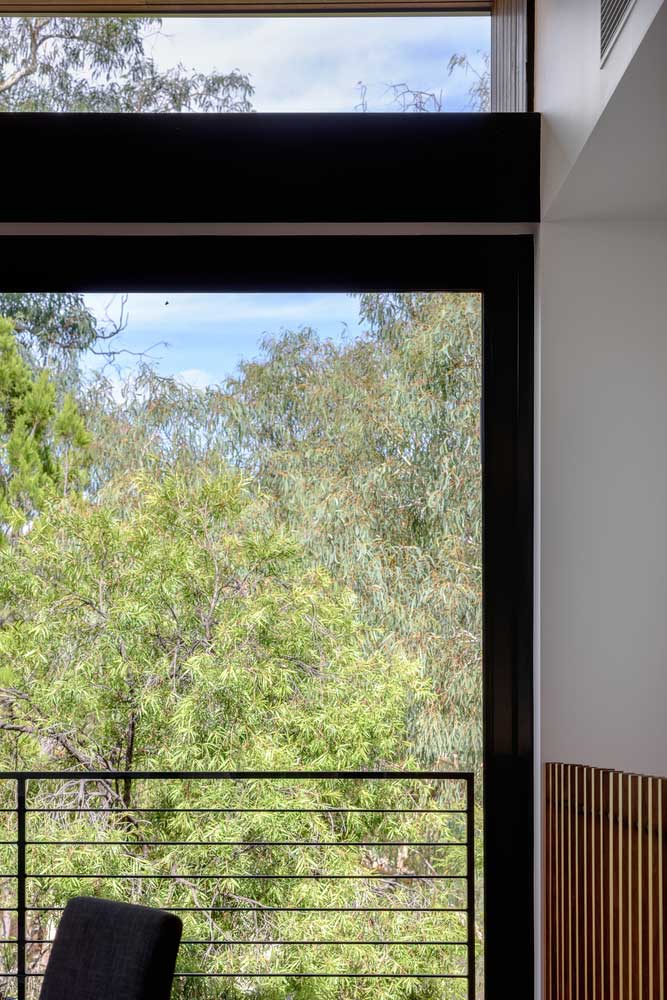
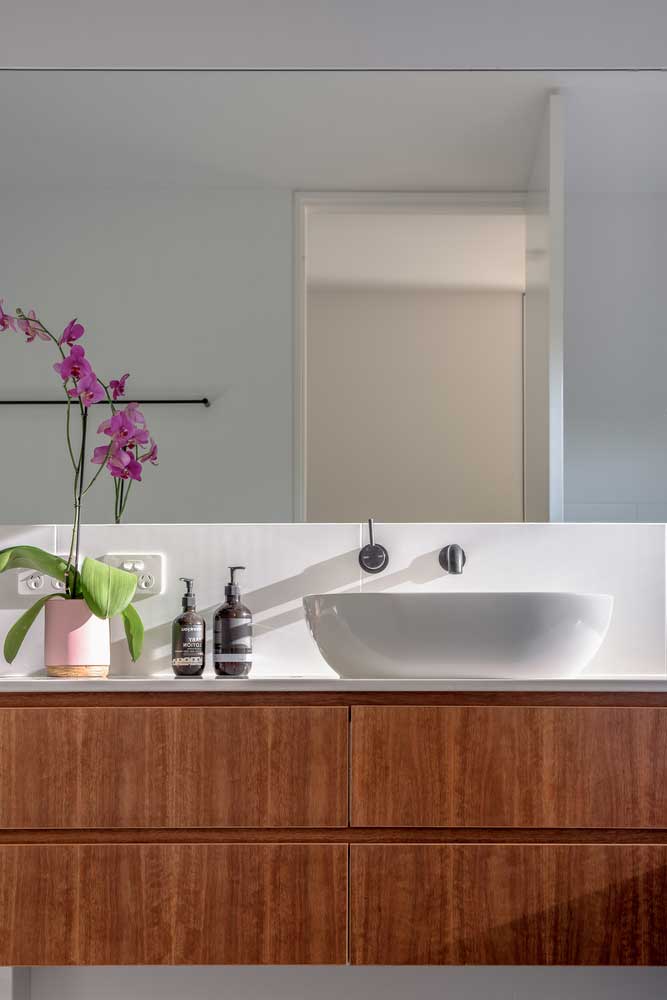
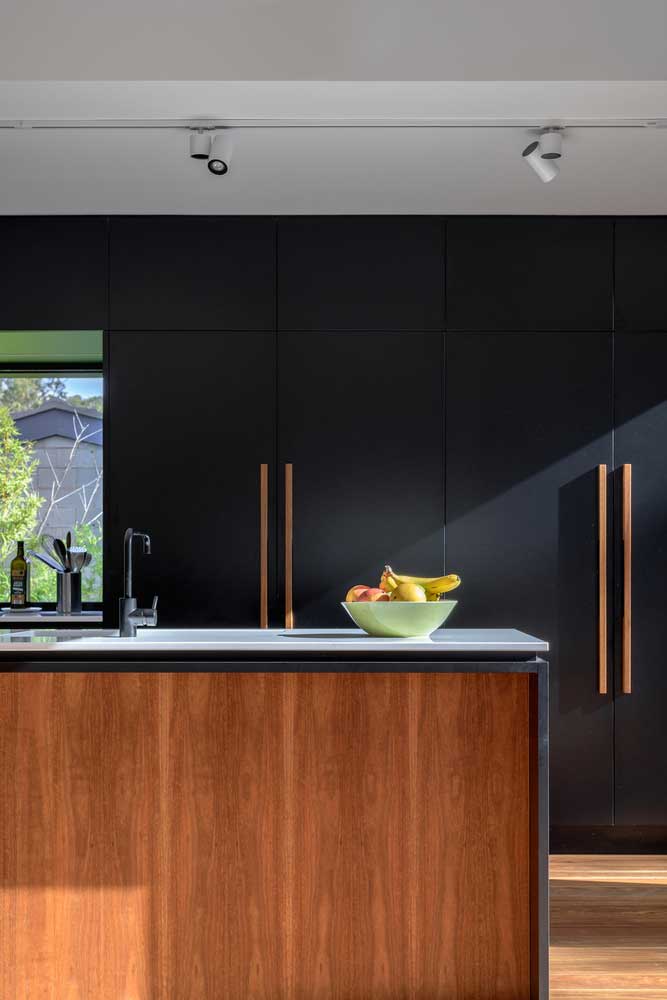
Modern Australian Bush Architecture: A Blend of Tradition and Innovation
The Australian bush has a charm that’s hard to put into words. It’s a world where the ancient and the modern coexist, where time seems to stand still. Modern Australian bush architecture captures this essence, blending traditional design elements with contemporary innovations.
Homes designed in this style are a tribute to the Australian spirit. They are resilient, built to withstand the challenges of the bush, from scorching sun to raging bushfires. Yet, they are also open, with large windows and open spaces that let the outside in.
The use of local materials, from hardwood to weathering steel, ensures that the homes resonate with their surroundings. These materials, known for their durability, ensure that the homes are not just beautiful but also long-lasting.
But what truly sets modern Australian bush architecture apart is its commitment to sustainability. From terraced roofs that aid in water runoff to twisting facades that provide natural insulation, every element is designed with the environment in mind.
In conclusion, modern Australian bush architecture is not just a design style; it’s a philosophy. It’s about creating homes that are in harmony with their surroundings, that respect the land they are built on, and that stand as a testament to the indomitable Australian spirit.


Terraced roofs and twisting facades are redefining the landscape of Australian architecture. They showcase how it’s possible to draw inspiration from nature while still pushing the boundaries of design. As we look towards the future, one thing is clear – the best of architecture lies at the intersection of tradition and innovation, and Australia is leading the way.






